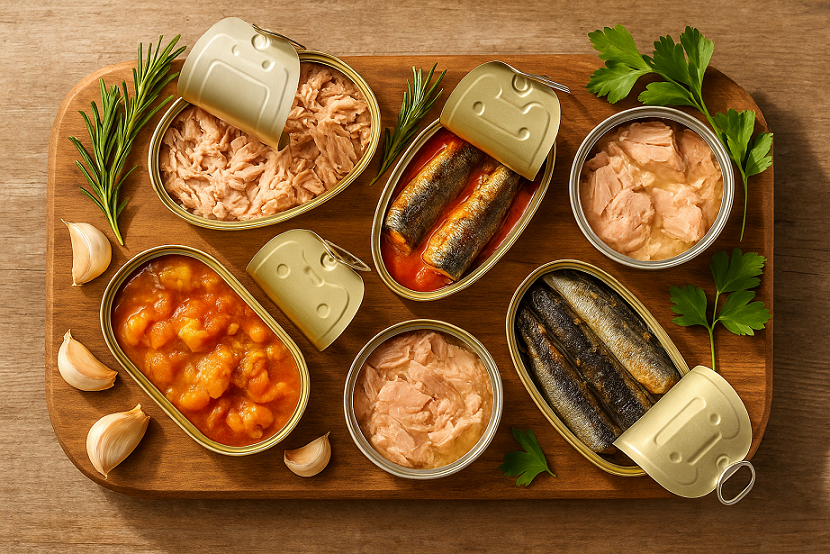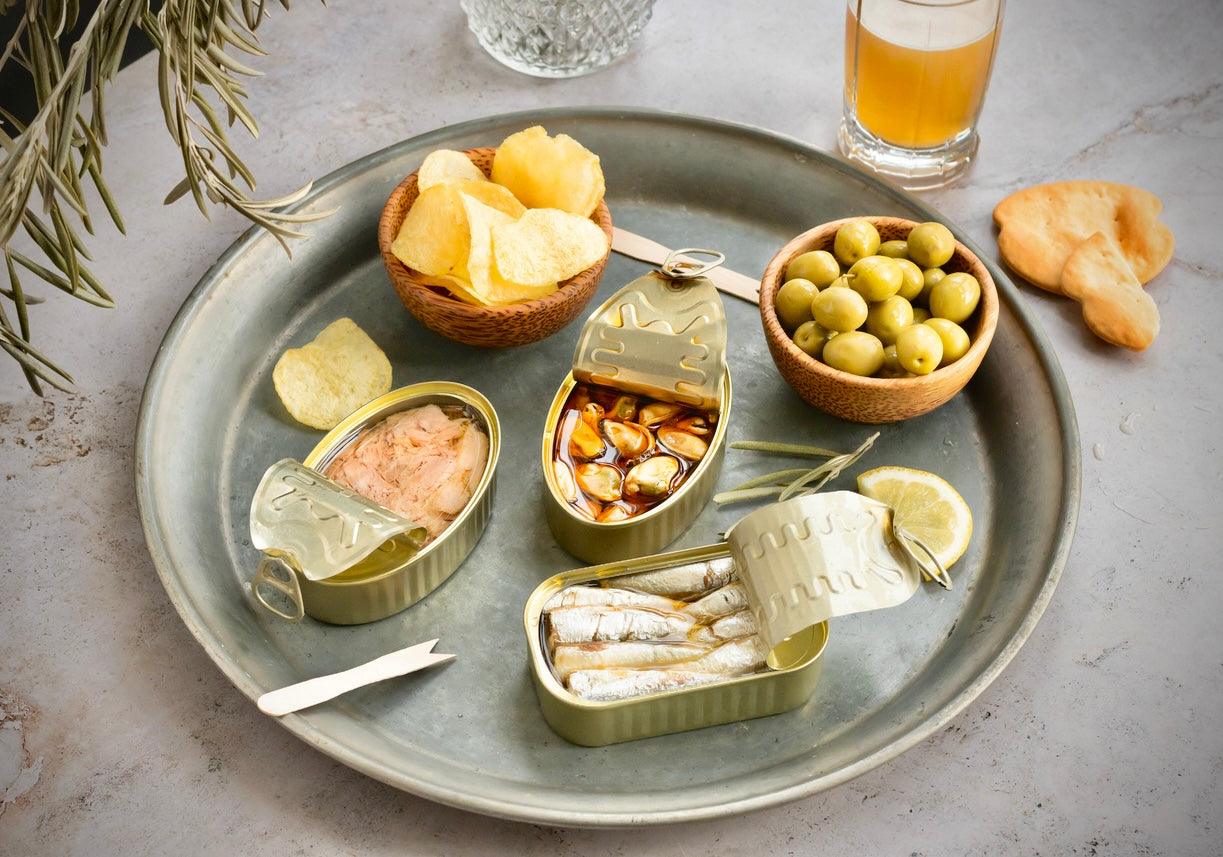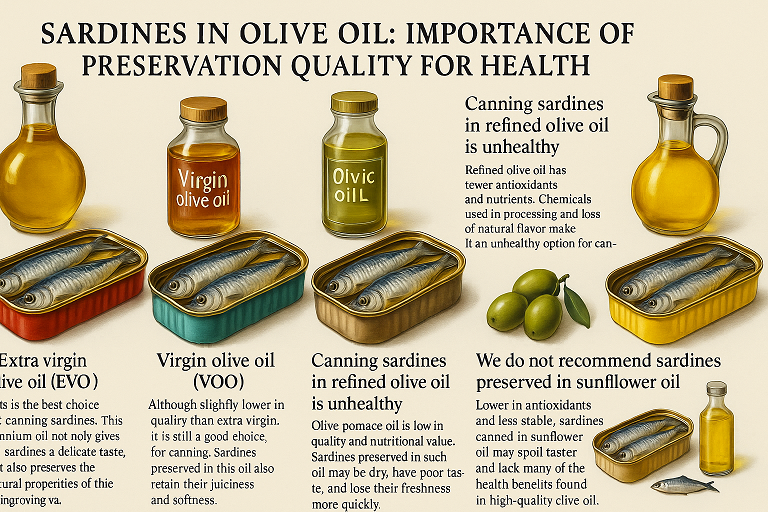
"Canned Fish", "Preserved Fish" or "Tinned Fish": unpacking nuanced differences
The linguistics of "Canned Fish", "Preserved Fish" and "Tinned Fish": unpacking nuanced differences
The phrases "Canned Fish" and "Preserved Fish" may appear similar at first glance, but they carry nuanced differences in meaning, connotation, and usage that are important to understand. While both phrases can refer to fish that has been preserved for longer shelf life, they are not entirely interchangeable. Adding another layer of complexity is the term "Tinned Fish," which, though closely related to "Canned Fish," brings with it its own unique set of connotations and usage contexts. Here’s how these distinctions can be conveyed in English:
Canned Fish (General Term)
General and Category-Oriented: The phrase "Canned Fish" is widely used to refer to a broad category of fish products that have been processed and sealed in cans. This term typically encompasses a variety of fish species, such as tuna, sardines, or mackerel, which are preserved through a specific method—canning. The focus here is on the end product being in a can, without necessarily emphasizing the quality or method of preparation beyond the canning process itself. In everyday language, "Canned Fish" is the go-to term for these products, particularly when discussing them in general terms.
Connotation: "Canned Fish" is often associated with mass production, convenience, and functionality. The term suggests a product designed for long shelf life and ease of use, typically found in supermarkets and used in everyday meals. It’s a generic term that doesn't necessarily imply high quality or artisanal value but rather emphasizes practicality and availability.
Tinned Fish (A Subtle Variation)
Regional and Cultural Nuance: "Tinned Fish" is a term commonly used in British and Commonwealth English and is largely synonymous with "Canned Fish." However, "Tinned Fish" often carries a slightly different cultural connotation, especially in contemporary contexts where it has seen a resurgence as a gourmet or artisanal product. This term is sometimes used to evoke a sense of nostalgia or tradition, especially in markets where the preservation of fish in tins has historical roots. For instance, "tinned sardines" may conjure images of classic European brands that have been in operation for over a century.
Connotation: In recent years, "Tinned Fish" has gained popularity in foodie circles, where it is celebrated not just as a convenient pantry staple, but also as a delicacy. This shift has been partly driven by a renewed appreciation for high-quality, sustainably sourced fish that is preserved in olive oil or sauces, often with a focus on the artisanal craftsmanship of the product. Therefore, while "Tinned Fish" might still be used interchangeably with "Canned Fish" in some contexts, it increasingly suggests a product with higher quality, specific regional origins, or gourmet appeal.
Preserved Fish (Specific and Broad Term)
Precision and Breadth: The phrase "Preserved Fish" is more specific in its focus on the preservation process, but it is also broader in scope compared to "Canned Fish." This term refers to fish that has been preserved through various methods, including canning, but also other techniques such as smoking, salting, drying, pickling, or fermenting. The emphasis here is on the method of preservation rather than just the packaging. "Preserved Fish" is a term more likely to be used in formal or specialized contexts, such as in culinary discussions, recipes, or food labeling, where the preservation method is an important characteristic.
Connotation: "Preserved Fish" can carry a connotation of higher quality or craftsmanship, especially when referring to methods like smoking, curing, or fermenting, which are often associated with artisanal or gourmet products. For example, traditionally smoked salmon or carefully pickled herring may be described as "Preserved Fish," with an emphasis on the skill and care involved in the preservation process. However, this connotation is not universal; preserved fish can also refer to more industrially processed products, depending on the method used and the context in which the term is applied.
Contextual Influence and the Power of Words
In summary, while "Canned Fish," "Tinned Fish," and "Preserved Fish" might all be used to describe fish that has been processed for long-term storage, their usage and connotations differ significantly. "Canned Fish" refers specifically to fish that has been preserved through canning, typically with an emphasis on convenience and mass production. "Tinned Fish," although similar, often suggests a product with regional or gourmet associations, increasingly seen as an artisanal delicacy. In contrast, "Preserved Fish" encompasses a broader range of preservation methods, which can include canning but also other techniques that may suggest higher quality or artisanal preparation.





Leave a comment
This site is protected by hCaptcha and the hCaptcha Privacy Policy and Terms of Service apply.